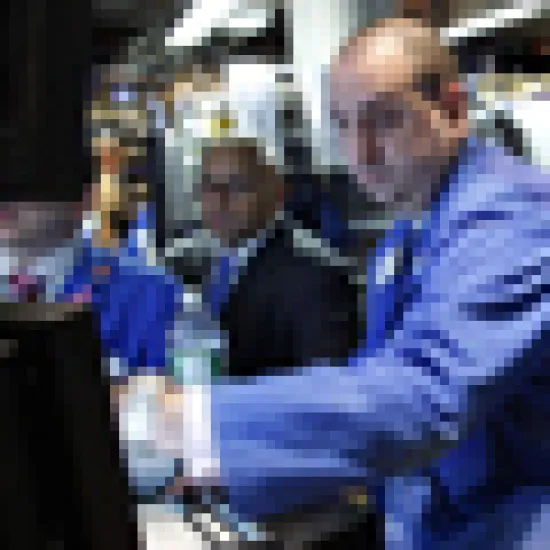A week after Nasdaq OMX Group launched its new exchange Nasdaq OMX PSX, it is already trading 25 million shares per day. Not a bad showing. But the real challenge for the freshly minted exchange lies ahead. Will people stick around after the launch party?
Many market veterans are optimistic and supportive of a new trading venue that breaks the dominance of the so-called price-time priority model, which focuses on the speed of the trade. “One of the challenges in the market today is that the price-time focus has encouraged smaller orders over larger ones, which encourages the breaking-up of larger trades,” says Larry Tabb, CEO of Westborough, Massachusetts-based market research firm Tabb Group. As a result, the average trade size on the nation’s exchanges has fallen to about 250 shares per trade, from above 1,500 shares more than a decade ago. What PSX aims to achieve is to fight against that trend by encouraging customers to post larger orders, and ultimately improve transparency and liquidity, adds Tabb.
At the electronic trading firm Liquidnet Holdings in New York, analyst Vlad Khandros concurs. Just as more flight routes benefit those who need to travel, any new pricing scheme that provides customers alternative trading choices is good. “The U.S. now has 12 exchanges and soon will have more, which generally improves market liquidity,” he says.
Khandros points out that his company handles block trades of 50,000 shares or more primarily for large asset managers. PSX, on the contrary, hopes to increase trade size from 250 shares to around 1,000 shares, targeting brokers who use dark pools or are price sensitive such as high frequency traders.
But a daily volume of 25 million shares is tiny compared to the 1.5 billion shares traded daily on all Nasdaq exchanges. Can PSX achieve the critical mass needed — over time — to form a powerful counter current?
Mark Kuzminskas, director of equity trading at Boston-based Robeco Investment Management, is one of the earliest participants in PSX. In his eyes, the impact of the new exchange could snowball. “The success of PSX is going to require the conviction of market participants to post (larger orders),” says Kuzminskas. “It is very much about ‘liquidity begets liquidity.’”
His other concern is how to walk the fine line between posting larger trade orders and avoiding information leakage. Since trade size on PSX will remain relatively small — Nasdaq aims to double or triple its current average trade size of 220 shares, Kuzminskas projects initial trading on PSX will focus on the large market capitalization and liquid stocks such as Microsoft and Coco cola. For those stocks, an 800-share order is small enough to conceal the intent of a particular investor.
Tabb wonders how PSX will build its business. “The people with larger orders tend to be asset managers, hedge funds and traditional long-only investors. But they are being served by trading algorithms and dark pools,” he says. “Can PSX swing that order flow and can it be migrated?”
The shrinkage of trade size has been around for a long time. Tabb says the transition from human-conducted trading to the reign of machines solidifies the shift. That makes the attempt to increase trade size more difficult. “To trade in an exchange environment something that’s typically done in the dark pools — will it work?”
Tabb believes PSX will attract demand from those who feel disenfranchised from current market structure. Some of the smaller liquidity providers will appreciate the pricing models, he suggests. “It’s difficult to buck the trend for the past 15 years,” Tabb says.






